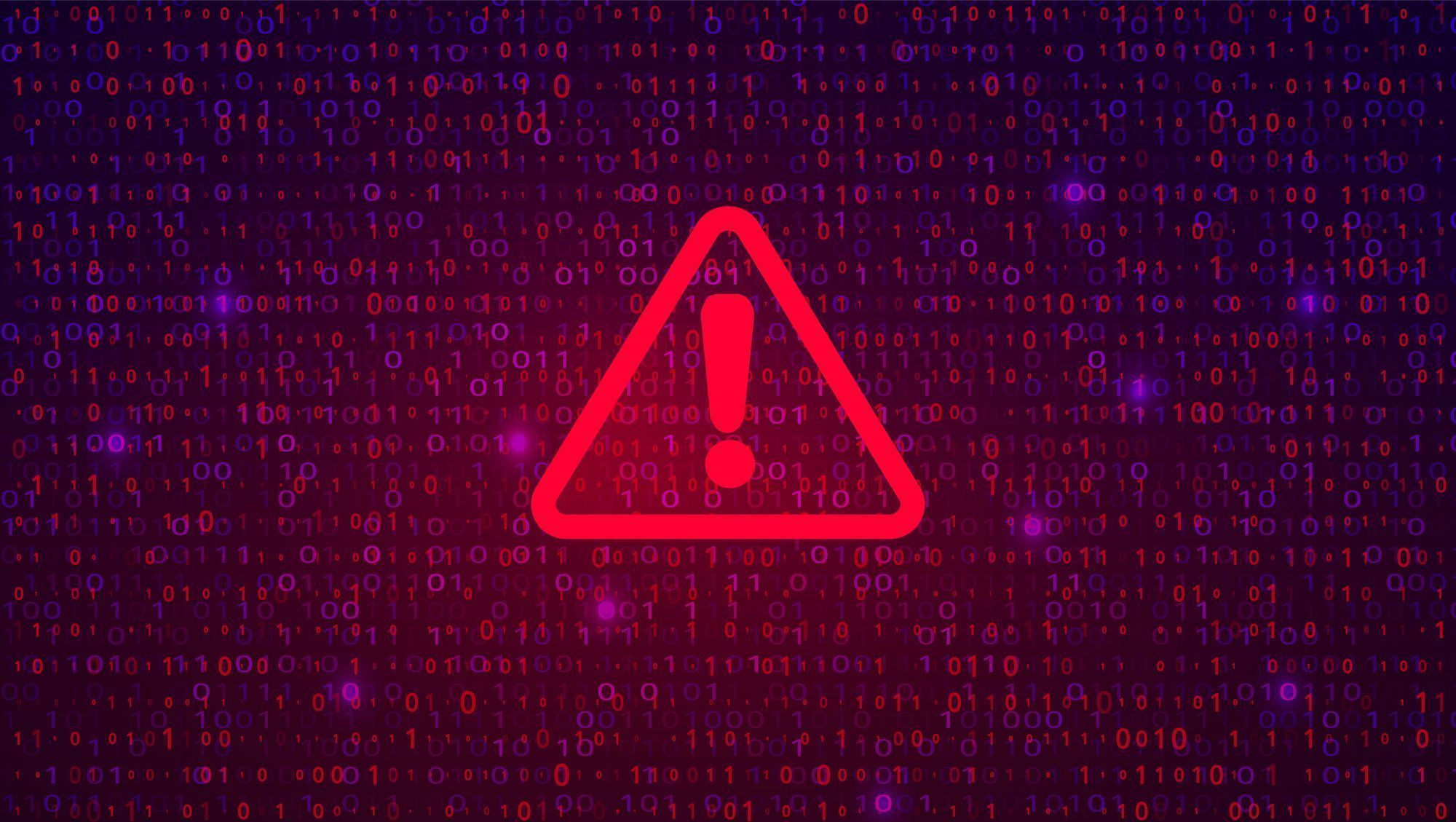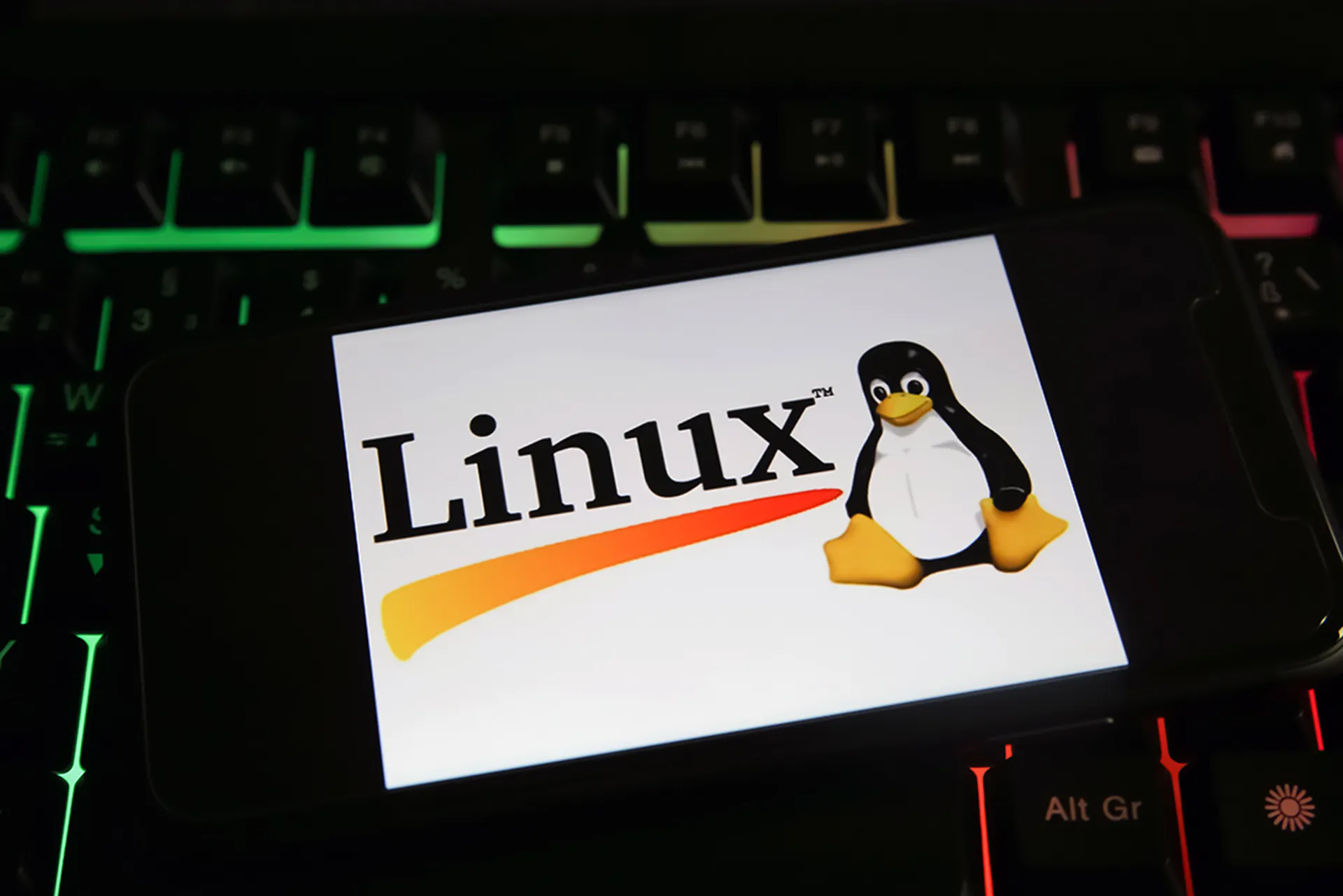The digital realm is constantly evolving, bringing with it an ever-expanding array of cybersecurity challenges. Recently, a significant set of vulnerabilities was disclosed within the Linux Common Unix Printing System (CUPS), highlighting potential risks that could allow attackers to execute commands remotely. This development is a crucial reminder of the persistent threats in network security and the ongoing need for robust cybersecurity measures.

Understanding the Linux CUPS Vulnerabilities
The Common Unix Printing System, more commonly known as CUPS, is an open-source printing system widely used across various Unix-like operating systems, including Linux distributions such as Debian, Fedora, and Red Hat Enterprise Linux, among others. However, recent findings have brought to light multiple security vulnerabilities within this system that could pose significant threats under certain conditions.
Security researcher Simone Margaritelli detailed a concerning scenario: “A remote unauthenticated attacker can silently replace existing printers’ (or install new ones) IPP urls with a malicious one, resulting in arbitrary command execution (on the computer) when a print job is started (from that computer).” This statement underscores the severity and stealth with which these vulnerabilities could be exploited.
The vulnerabilities identified are as follows:
- CVE-2024-47176: Involves cups-browsed versions up to 2.0.1, where it binds on UDP INADDR_ANY:631, trusting any packet from any source to trigger malicious requests.
- CVE-2024-47076: Affects libcupsfilters up to version 2.1b1, which fails to validate or sanitize IPP attributes, thereby feeding attacker-controlled data into the CUPS system.
- CVE-2024-47175: In limped up to version 2.1b1, there is a failure to validate IPP attributes when writing to a temporary PPD file, leading to potential data injection.
- CVE-2024-47177: The cups-filters version up to 2.0.1 allows arbitrary command execution through a compromised FoomaticRIPCommandLine PPD parameter.
These vulnerabilities collectively could enable an attacker to establish a malicious, fake printing device on a network-exposed Linux system and execute malicious code remotely when a print job is sent.

Assessing the Impact and Responses from Cybersecurity Experts
The disclosure has prompted responses from various quarters of the cybersecurity community. Ontinue, a network security company, explained, “The issue arises due to improper handling of ‘New Printer Available’ announcements in the ‘cups-browsed’ component, combined with poor validation by ‘cups’ of the information provided by a malicious printing resource.” Red Hat issued an advisory noting that all versions of its operating system are affected, although the vulnerabilities are not critical in their default configuration. The advisory underscores the importance of configuration and environmental context in assessing vulnerability. Palo Alto Networks has clarified that its products and cloud services do not include the compromised CUPS-related software packages, and thus are not impacted by these vulnerabilities.

Mitigation and the Path Forward
As the cybersecurity community grapples with these vulnerabilities, patches are currently being developed with releases expected shortly. In the interim, it’s advisable for administrators to disable and remove the cups-browsed service if not necessary, and to block or restrict traffic to UDP port 631.
Cybersecurity experts emphasize the broader context of these vulnerabilities. Benjamin Harris, CEO of WatchTowr, commented, “It looks like the embargoed Linux unauth RCE vulnerabilities that have been touted as doomsday for Linux systems, may only affect a subset of systems.” This sentiment is echoed by Satnam Narang, senior staff research engineer at Tenable, who remarked that while these vulnerabilities are serious, they do not reach the catastrophic levels of previous exploits like Log4Shell or Heartbleed.

The Linux CUPS vulnerabilities serve as a potent reminder of the vulnerabilities that lurk within systems often considered secure. It highlights the essential role of continuous security research and the need for proactive security practices. For organizations relying on Linux systems, this incident underscores the importance of vigilance and rapid response to security advisories to protect sensitive data and maintain system integrity. As we move forward, the collaboration between developers, administrators, and security professionals will be crucial in fortifying defences against such evolving threats.










